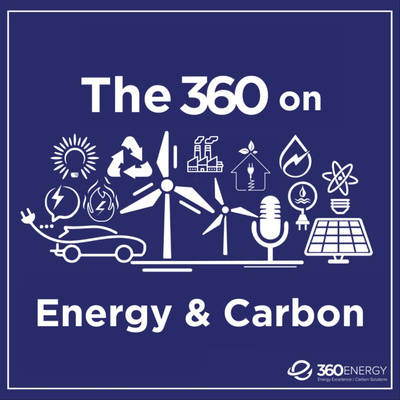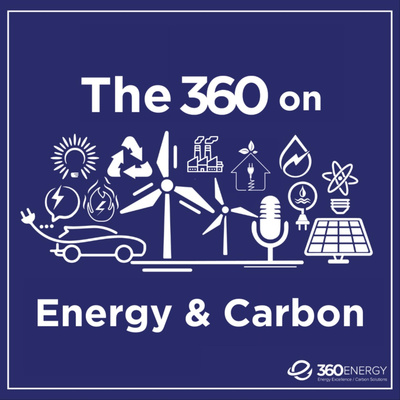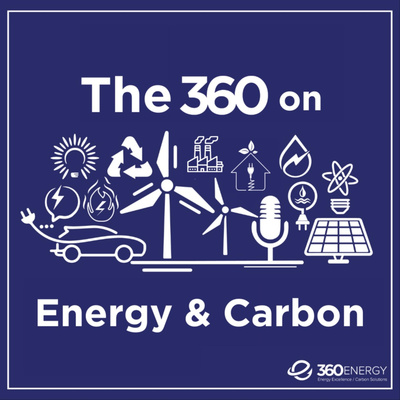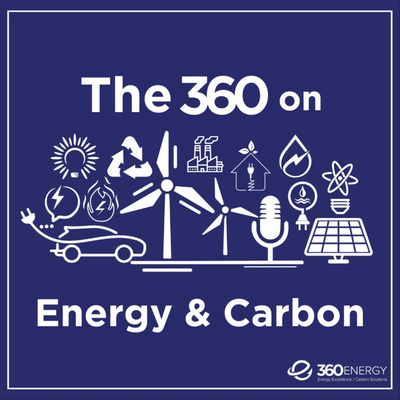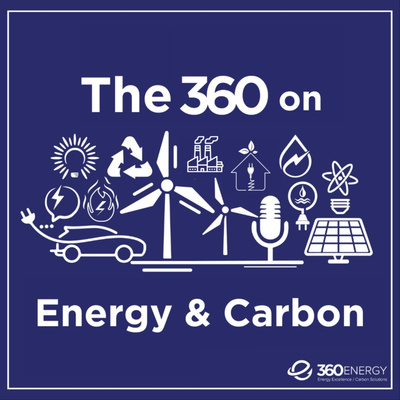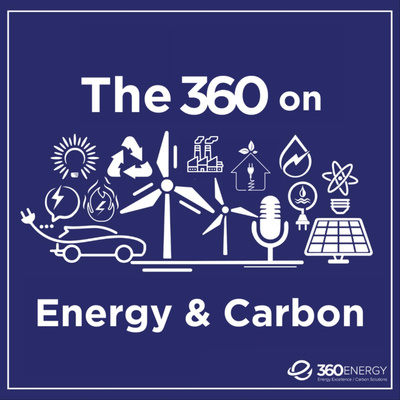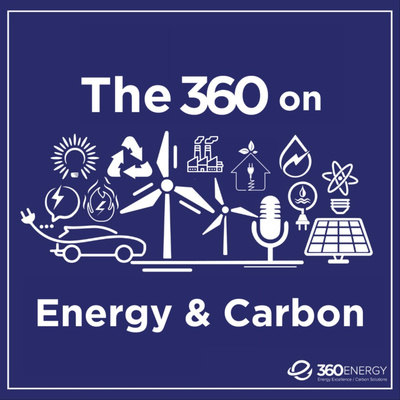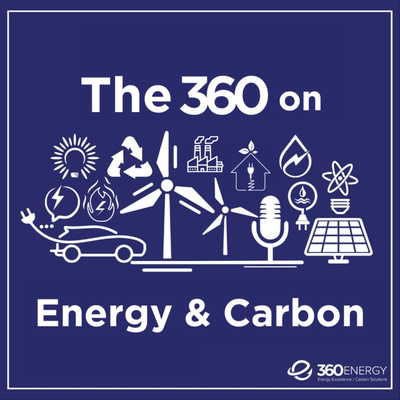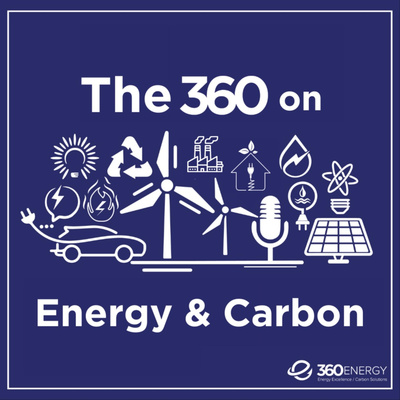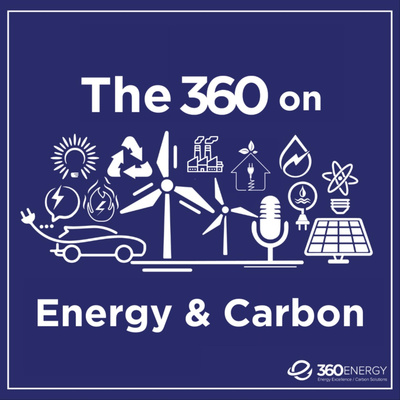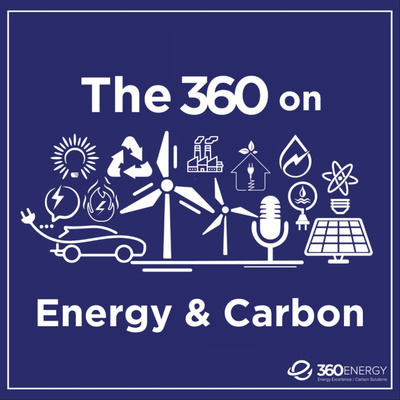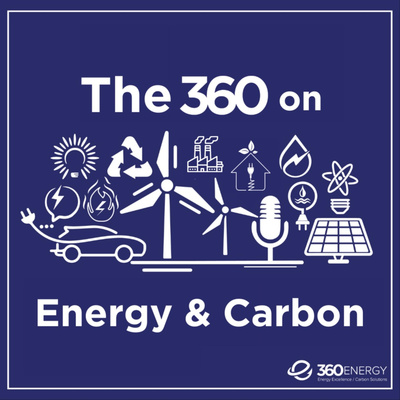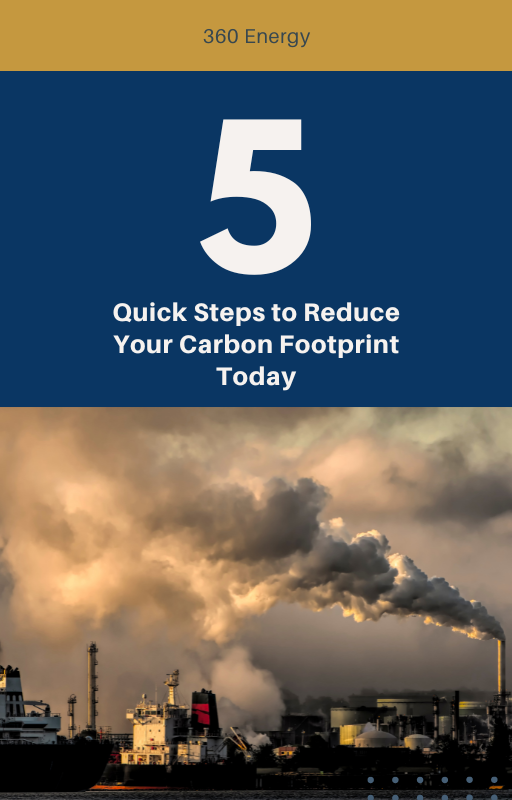
More and more companies are adopting sustainable and socially responsible practices. Their actions have been bound together in a trinity of categories labelled “environmental”, “social” and “governance” – or ESG for short. Each of the three categories are broad, encompassing a wide diversity of issues, policies and actions.
ESG has become the hallmark for measuring responsible corporate operations. ESG reports are now the standard for communicating corporate actions and outcomes with shareholders and stakeholders.
The risks of climate change have been a primary driver for corporate sustainability. Yet, climate actions have been relegated to one of many sub-categories under the “Environment” pillar. For example, the Global Reporting Initiative, the first internationally recognized standard for sustainability reporting, groups greenhouse gas (GHG) emissions reductions under “environment” – along with ozone-depleting substances, energy use, materials, water, and biodiversity.
Likewise, the Sustainability Accounting Standards Board (SASB) also relegates GHG emissions under the heading of “Environment”. However, the SASB, an institution providing oversight for corporate sustainability reporting, does go further. It places “physical impacts of climate change” under the heading “Business Model & Innovation”.
Nevertheless, momentum is shifting. Climate is being given greater importance. Global financial leaders are reaching a consensus that climate change is a substantive risk, more imminent and financially critical than many other elements of the ESG pillars:
“Changes in climate policies, new technologies and growing physical risks will prompt reassessments of the values of virtually every financial asset. Firms that align their business models to the transition to a net zero world will be rewarded handsomely. Those that fail to adapt will cease to exist. The longer that meaningful adjustment is delayed, the greater the disruption will be.” Mark Carney, Former Governor of the Bank of England.
“Climate change has become a defining factor in companies’ long-term prospects…The evidence on climate risk is compelling investors to reassess core assumptions about modern finance…. We don’t yet know which predictions about the climate will be most accurate, nor what effects we have failed to consider. But there is no denying the direction we are heading. Every government, company, and shareholder must confront climate change.” Larry Fink, Chairman and CEO, BlackRock Inc.

The Task Force on Climate-Related Financial Disclosures (TFCD) was convened in 2015 under the leadership of Mark Carney and Michael Bloomberg to better understand the risks and opportunities that financial markets face from a changing climate. In the years since the TFCD’s first report, climate related financial disclosures are becoming normalized as a core area for corporate ESG actions and reporting. Banks, insurance companies and other allocators of financial capital are factoring climate exposure into their decisions.
Greater attention to ESG issues is becoming critical to the long-term competitive success of individual companies and entire economic sectors.
We at 360 Energy believe the time has come to treat climate as a separate 4th pillar of responsible corporate sustainability. Environment, Social, Governance and Climate – ESGC.
The climate challenge has a mitigation requirement to keep average global temperatures from rising no more than 2°C. There is also an adaptation challenge in which infrastructure, people and products must become resilient in a hotter climate. From both perspectives the climate challenge increases exponentially the risks and the opportunities for business.
It’s time that Climate joins Environment, Social and Governance as one of four cornerstones to sustainability.
